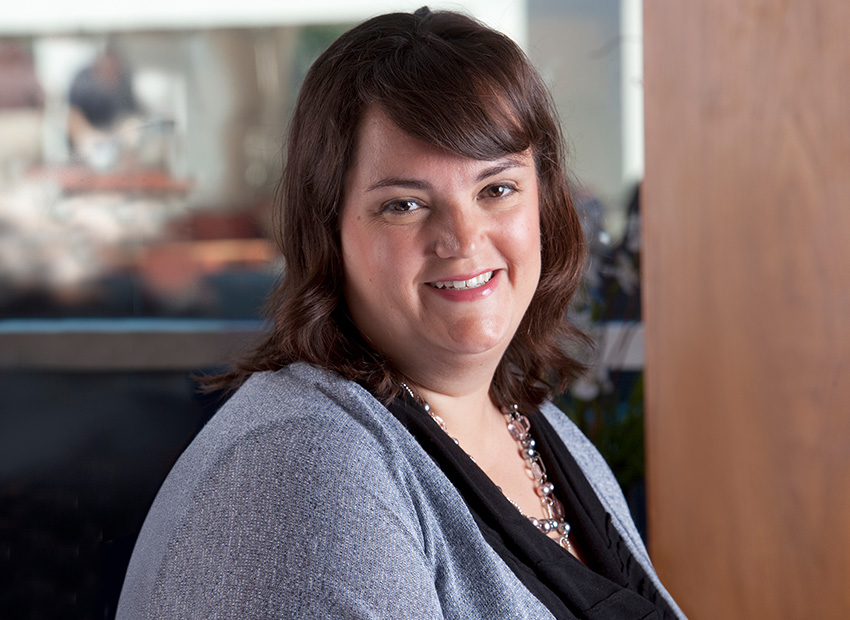Fact vs. Fiction: Debating the Great Gap Year Surge
As we talk to families, a version of the same question keeps popping up over and over again:
“What will the impact be on the class of 2021 if a high number of the class of 2020 takes a gap year?”
A “gap year” involves delaying enrollment at a college for one year, oftentimes for travel, volunteer, or employment experiences. Students must ask their enrolling college for permission to use this option, and generally students are not permitted to take courses at another college during their gap year. Annually, about 3% of American college students opt for a gap year, but recent articles have touted that the number of gap years will skyrocket in the age of coronavirus. If 30% of the incoming class didn’t enroll this fall and held off until next year, it would certainly mean that colleges would have 30% less spots for next year’s applicants, right?
Stop. Take a breath. It’s a great question, but let’s start with what we know versus what we don’t.
- The “biggest gap year ever” idea may be more myth than reality. At Bright Horizons College Coach, our team of college consultants meets twice yearly to consult with other industry professionals and share best practices. At our most recent meeting just a few weeks ago, we asked our colleagues currently in admissions offices what they were seeing as far as gap year requests. Unanimously, all 10 colleges we spoke to, from highly selective to less selective, public to private, small liberal arts colleges to large public universities, all echoed the same sentiment: “We are not seeing a significant increase in gap year requests.”Some colleges remarked that they had expected and planned for such a jump, but that it had not come to fruition.
- Gap years may not be granted, even if a student wants one. Dartmouth required that all gap year requests be in by June 1, Stanford said June 15, but other colleges may be more flexible about the date. Just because a student would like to take a gap year does not mean that the college will necessarily grant that request. Colleges, even the wealthiest ones, depend on tuition revenue to keep their doors open, and they frankly may have no other choice than to deny non-essential requests for gap years. My colleagues and I have discussed greatly what students would do during the year off anyway as traditional gap year experiences such as travel will not be available this year. If forced to decide between giving up their intended college entirely for a year without significant experiences at home, we think most students would choose to enroll, even if that meant their first college semester would be less-than-ideal online or in a hybrid live/online model.
- There will be fewer international students. Sadly, as travel restrictions continue worldwide, international students are having a much harder time enrolling in American colleges. For entering freshmen, the first-available visa appointment to process paperwork in some countries is not until November or December, meaning that they may not be coming to the United States for college at all. And it was recently announced that visas may not be granted at all for students attending online classes. If you look at enrollment numbers for the most highly selective colleges, about 10% of enrollment comes from international students. Students on visas are also not eligible for federal financial aid, meaning that they often pay the full cost of attendance directly. While the diminishing numbers may open up spots for domestic applicants, there will also be negative impacts in the form of less diversity and lowered tuition revenue from not enrolling this crucial segment of the student population.
- Students are sticking closer to home. While we can’t accurately predict yet what all enrollment patterns will be this fall, we can say the trends we’ve been noticing so far. In our conversations with seniors this spring, we’ve noticed a trend of students choosing to stay closer to home than they originally intended. Several students I spoke with had intended to enroll at a more expensive private college far from home but changed their mind at the last minute to a school closer to home, often an in-state public university. Some cited a desire to be close by due to the uncertainty of world events or family health crises, while others mentioned job loss of a parent or the need to assist with a family business as reasons for their choice.






